Meet the Winners of Lockheed Martin’s Aerospace and Security Challenge
Published May 15, 2019
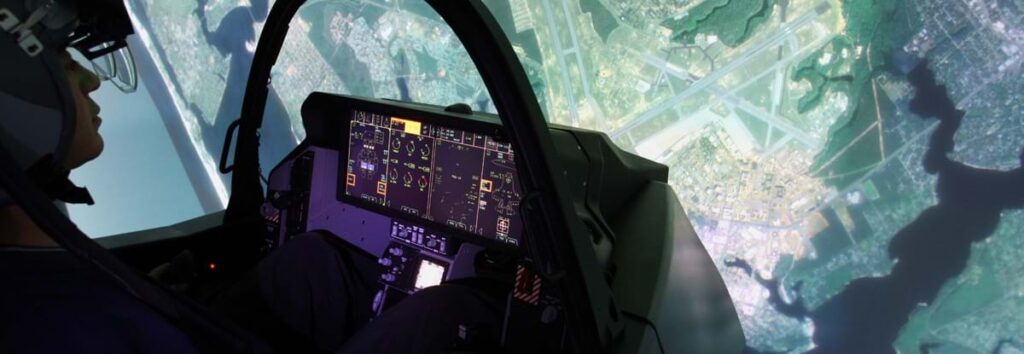
Big ideas come from the unlikeliest sources. Their only common attributes are the passion and ingenuity of their inventors. Recently, Lockheed Martin sponsored the “Disruptive Ideas for Aerospace and Security” Challenge to find the next big idea. Meet the winners who hope to transform the future with their innovative solutions.
Grand Prize Winner: IRIS
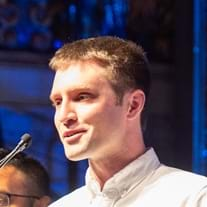
The ability to make decisions can be comprised by cognitive overload, especially during stressful situations, so Bryan Knouse envisioned IRIS — a voice-controlled interface for Patriot Missile Systems — that would help people make better decisions.
“IRIS leverages software automation and speech technology in high pressure scenarios to reduce human cognitive overload and enable the operator to better focus on mission-critical decisions,” explained Mr. Knouse. “I came at this project thinking about using AI and software interfaces to make sophisticated experiences simpler and safer.”
A mechanical engineer by training, but Al software and programing tinkerer by habit, Mr. Knouse believes voice interfaces present the greatest opportunity to make complicated and sophisticated processes simpler. In the aerospace and security field simplicity is valued because complexity can cause poor decision making which loses lives.
“Artificial intelligence excels at not getting overwhelmed with scales of information. Unlike humans, a computer won’t get paranoid, or disturbed, or stressed out after being fed a spreadsheet with millions of rows of data. A computer will process the information.”
“This challenge was an awesome opportunity. Not just because I was able to build a cool project, but also to connect with a company that I’d otherwise not really have an opportunity to interface with,” Mr. Knouse concluded. “These kinds of technology competitions are a great way for the private sector and established companies to interface with innovators.”
Second Place: Improving Urban Situational Awareness
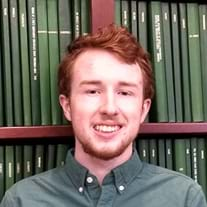
Ninety four percent of vehicular accidents in the United States are caused by driver error, but what if assistive technologies could help drivers focus? This is the premise advanced by Garrett Colby and Dan Cornett, two solutions orientated engineering students, from the University of North Carolina at Charlotte.
While no technology can remove modern day distractions, a modular sensor array could collect data about roadside conditions and unobtrusively alert the driver to potential hazards.
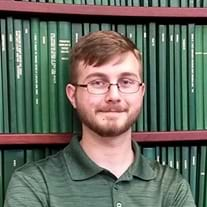
The pair plan to combine neural networks, RADAR, LiDAR, and a 360-degree camera, to continuously collect information on roadside conditions. The weakness of one sensor could be compensated for, with the strength of another, while the data provided by each, individually could be compared to ensure accuracy.
“Challenges like this are a good illustration for potential engineers that anyone can make a difference,” said Mr. Colby. “This project was different in that the sky was the limit, being a conceptual project you got to really think outside the box,” added Mr. Cornett.
“Challenges like this give young engineers a place to demonstrate their creativity.”
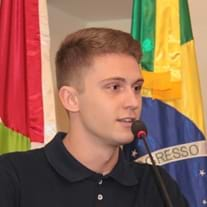
Third Place: Augmented Superluminal Communication
The sense of isolation experienced during space flight could contribute to the degradation of mission performance. Gabriel Bolgenhagen Schöninger, a physics student at the Technical University of Berlin with a communications technology background, believes his proposal could help lonely astronauts focus. The solution is wearable technologies, biometric sensors and augmented reality to simulate conversation.
The idea came from Mr. Bolgenhagen Schöninger’s own experience with the rigors of living far from his native Brazil.
“My intention was to create an environment where you can simulate a conversation by collecting communications data and then emulating this data in a virtual environment,” he explained.
In advance of space travel, information could be condensed and inserted into intelligent communications platforms. The compressed communications data could then be “reanimated” to respond to the astronaut. While he developed this idea for long distance travel, Mr. Bolgenhagen Schöninger believes it could have implications in the field of education.
“This challenge creates a great opportunity for young people to get feedback on their ideas,” he finished. “It can help motivate young engineers, to display their ideas, while developing more confidence in that idea.”
Warning: Undefined variable $showit in /var/www/nyas_develop/nyas/public/wp-content/themes/nyas-theme-child/includes/shortcodes.php on line 1802
